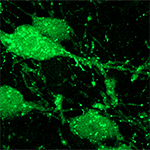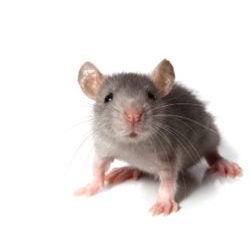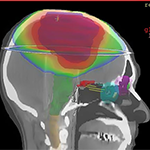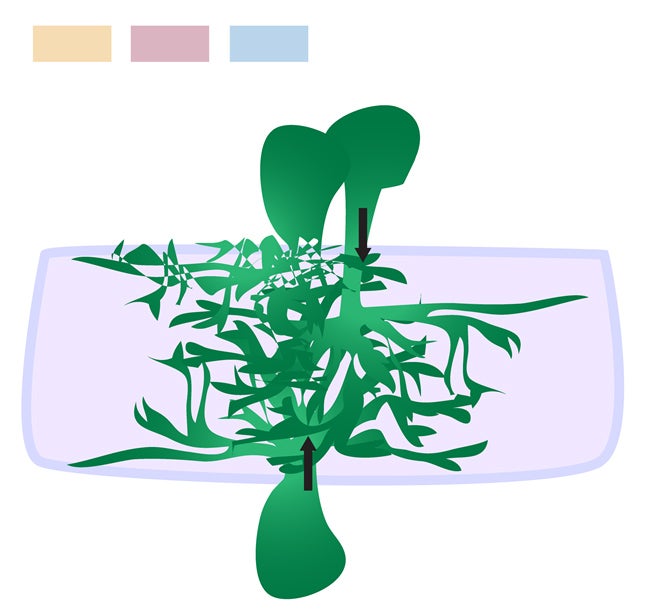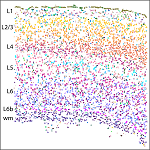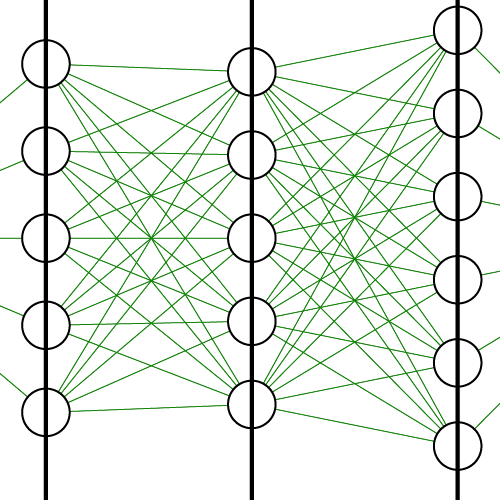Neuro Topics - Neural circuits
SEARCH OTHER RESEARCH AREAS
August 27, 2024
A lot is unknown about how brain circuits develop and mature in babies and toddlers. Carol Wilkinson shares new data on developmental trajectories of EEG activity from 0-3 years—revealing age-dependent, nonlinear changes in periodic alpha and beta brain waves that are suggestive of distinct milestones in circuit maturation.
Original article in: Nature Communications >
August 6, 2024
Susan Dymecki and colleagues (First author Giacomo Maddaloni) have identified a mouse brain circuit with multiple groups of neurons that together recognize, decode, and drive behavioral adaptation to changes in the amount of daylight.
Original article in: Nature >
May 21, 2024
New research using functional MRI data finds that how adolescents’ brains were wired — before COVID-19 — predicted their stress, negative emotions, and overall mental health during the height of the pandemic, making them more vulnerable or more resilient.
Original article in: Cerebral Cortex >
September 29, 2022
Harvard MCB News article on new research from Nao Uchida, Mitsuko Watabe-Uchida, and colleagues, first author Korleki Akiti, second author Iku Tsutsui-Kimura, identifying a neural circuit that plays a key role in deciding whether the animals engage with or avoid novel stimuli.
Original article in: Neuron >
June 30, 2022
HMS News article on new research from Michael D. Fox and colleagues, co-first authors Juho Joutsa, Khaled Moussawi, Shan H. Siddiqi, using a new lesion network mapping technique to map addiction remission to entire brain circuits rather than specific brain regions.
Original article in: Nature Medicine >
June 30, 2022
Harvard MCB News article on new research from the lab of Venki Murthy, first author Nuné Martiros, providing insight into the workings of neural circuits in the ventral striatum’s olfactory tubercle during odor association learning.
Original article in: eLife >
March 31, 2022
When neural circuits are assembled, several asymmetric cell behaviors are involved. How are these behaviors coordinated? Evelyn Avilés from the lab of Lisa Goodrich discusses how a new study of the molecule Fat3 and its interactors give us some answers.
Original article in: Cell Reports >
December 7, 2021
Aleena Garner, a new faculty member in the Department of Neurobiology at HMS, describes her latest research, together with Georg Keller of the Friedrich Miescher Institute for Biomedical Research, on how neural circuits between auditory and visual cortex communicate learned associations and create predictions. They show that experience with an audio-visual stimulus reshapes direct input from auditory cortex to visual cortex—suppressing predictable visual input to amplify the unpredictable.
Original article in: Nature Neuroscience >
November 15, 2021
Meng Zhang of the Zhuang lab describes new work using a single-cell transcriptome-imaging method, MERFISH, to generate a detailed cell map of the mouse primary motor cortex (MOp), revealing nearly 100 molecularly defined cell types and their spatial locations. Integrating MERFISH with retrograde tracing technique further allowed the team to understand how these different cell types connect with other brain regions.
Original article in: Nature >
November 12, 2021
Boston Children's Hospital Answers article highlighting the research of Annapurna Poduri and the Epilepsy Genetics team at Boston Children's Hospital.
Original article in: Nature >
November 12, 2021
Round up of awards and honors earned by the HBI community.
Original article in: Nature >
November 10, 2021
Luis Hernandez-Nunez shares new research conducted as a part of his PhD research in the lab of Aravinthan Samuel uncovering new molecular receptors, cells, circuits and behavioral strategies that underlie the thermosensitivity of fly larvae.
Original article in: Science Advances >
November 6, 2021
Abdulkadir Canatar, Blake Bordelon and Cengiz Pehlevan share new research exploring why neural networks do not overfit.
Original article in: Science Advances >
September 14, 2021
Harvard MCB News article on new research from the lab of Catherine Dulac, first author Anita Autry (Albert Einstein College of Medicine; former postdoc in the Dulac lab), identifying hypothalamic neurons activated during infant-directed attacks in males and females, but not other behaviors.
Original article in: eLife >
March 19, 2021
Katrin Vogt shares new research from the lab of Aravi Samuel identifying how feeding state-dependent neuronal modulations affect processing of olfactory information and olfactory choice behavior in Drosophila larvae.
Original article in: Science Advances >


